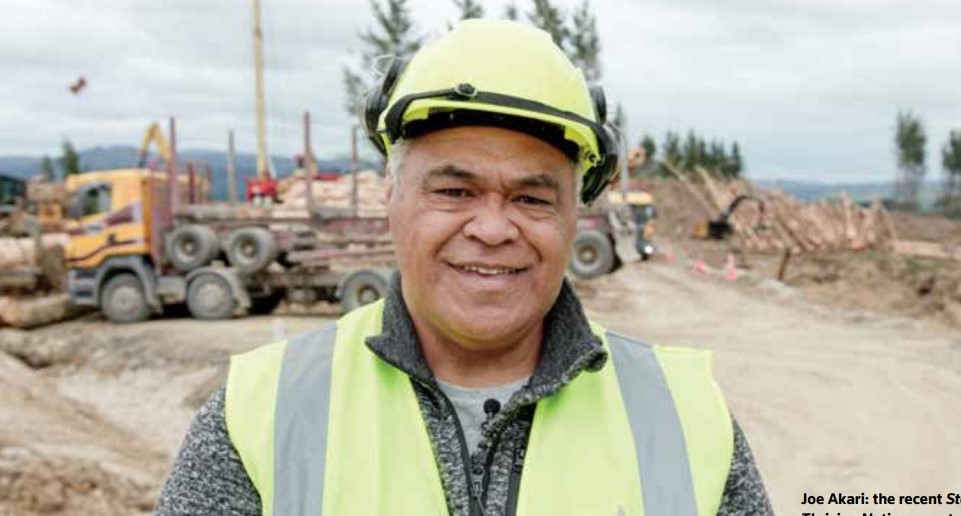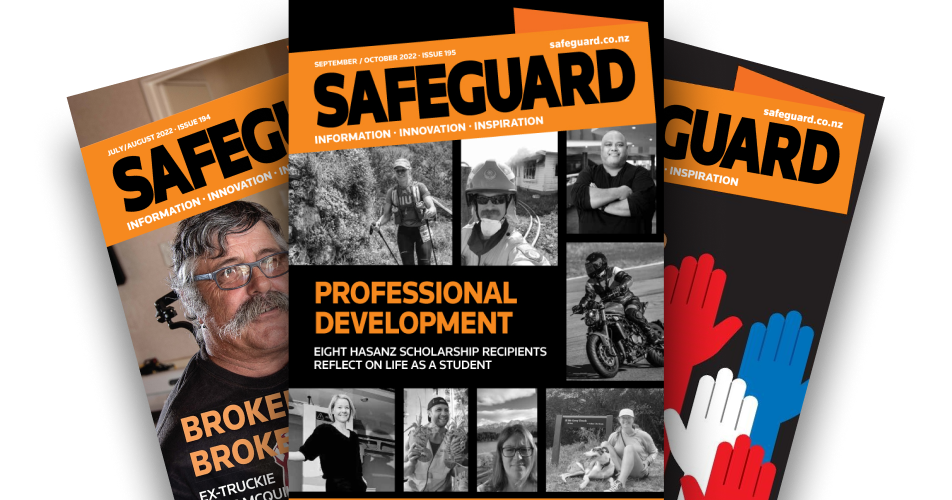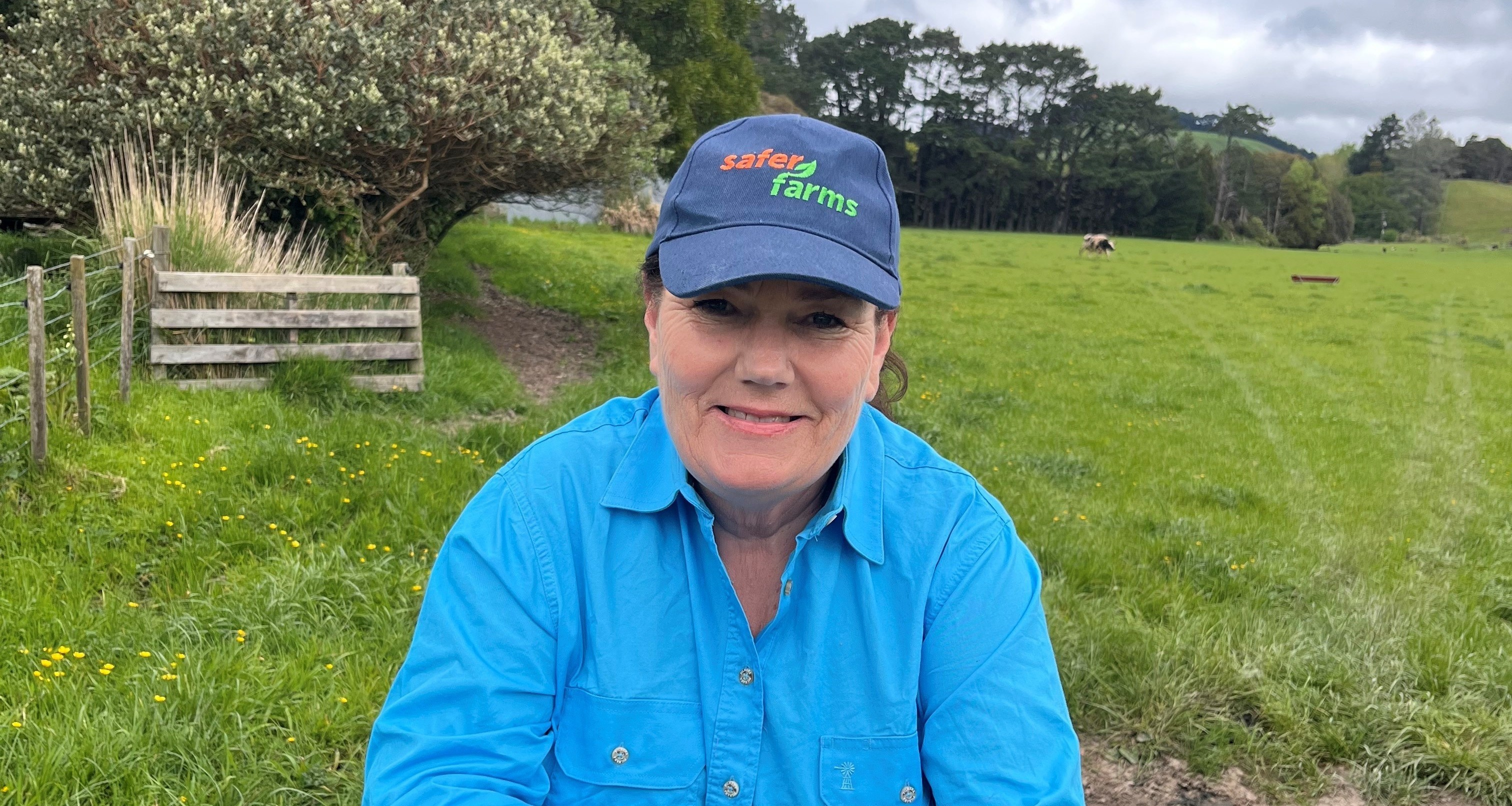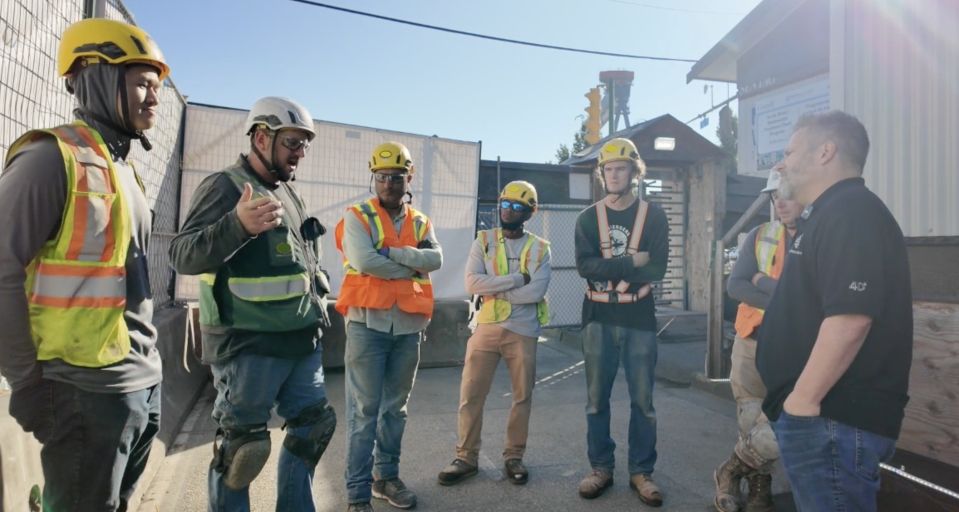In 2013, forestry’s safety performance was so bad that we were killing people at a rate of one per month for that entire year. A decade later, forestry’s safety performance has improved dramatically, with reductions in both fatalities and serious harm.
Without a doubt, the industry still has significant room to improve. But it has learnt a lot over the last ten years – a period that spans the implementation of the Health and Safety at Work Act 2015 and the influential Independent Forestry Review of 2014.
Given Workplace Health and Safety Minister Brooke van Velden’s decision to reform our health and safety law and regulations, FISC intends to share some of forestry’s lessons during the consultation process. We believe it is important that the factors which supported forestry’s improved performance are not lost or weakened as a result of any reforms. Rather, these factors need to be encouraged and supported by any future health and safety regime.
A RANGE OF FACTORS
Probably the most important lesson we can pass on to the Minister is that health
and safety performance is determined by a broad range of factors, not just rules and regulations. Good legislation is an important enabler of performance but it’s people who make the difference.
Without a doubt, the safest workplaces in forestry are the ones where workers, forestry contractors and forest owners/managers treat health and safety not as a compliance activity, but as an enabler of successful work.
Therefore any legislative reforms which focus solely on compliance will be a wasted opportunity. Such reforms could even harm health and safety performance if they draw attention and resources away from other important enablers of successful work, such as leadership, engagement, safety innovations and competency.
LET INDUSTRY LEAD
Leadership was certainly an important enabler of forestry’s performance improvement. The 2014 Independent Forestry Review, sparked by the fatality toll in 2013, made a number of recommendations, including the need for a pan-industry leadership body. That body, the Forest Industry Safety Council (FISC), has a mandate to lead and coordinate health and safety initiatives across the industry.
FISC includes representatives of businesses, workers and the government. It is funded by industry, with government supporting specific initiatives. This model, which is still evolving, has been very effective in supporting improved health and safety in forestry. Officials involved in the reform process might well consider how
this model could have applications for other industries.
FISC provides an important mechanism for forestry to collaborate on safety initiatives, not just across the industry but also with the regulator. WorkSafe’s engagement team works with forestry and other high-risk industries to come up with solutions to issues of common interest. This engagement supports businesses striving to go beyond minimum levels of compliance set out in the law. I believe it has been an important contributor to forestry’s improved health and safety performance over the last decade. I sincerely hope this industry-regulator engagement is not lost or weakened by the reform process.
ENABLE INNOVATION
It is also important that whatever regulatory framework comes out of the reforms empowers industries to come up with their own safety innovations, including engineering advances, improved work practices and industry-specific guidance. In forestry, industry-led innovation in the form of mechanised harvesting was probably the biggest contributor to the improved health and safety performance in the last decade. Harvesting trees with machinery has dramatically reduced fatalities. No forestry worker has died inside the cab of a harvesting machine.
Of course, new technology can bring new risks. But FISC has provided a mechanism for the industry to create and share, in a timely manner, best practice guidance and safety alerts to help manage emerging risks.
BUILD WORKER CAPABILITY
Capability is another foundation of a safe, healthy workplace. It’s a no-brainer that skilled, experienced workers who know how to do their jobs are less likely to harm themselves or others. However, feedback from forestry businesses about
industry training is that the current structure is broken. It is not surprising that the centralised model of Te Pukenga is being disestablished. If we want to make a difference in health and safety, then it is essential that we rebuild the training structure to grow our people.
WHAT IS THE BURNING PLATFORM?
The final lesson forestry can share with the Minister is that we need a burning platform to bring about positive change. For forestry, 2013 was that burning platform and it led to the recommendations for change in the 2014 Independent
Forestry Review. It was a call to action that could not be ignored.
The reasons the Minister has given for reviewing the regulatory regime is that the existing law is ten years old and there is a desire to ‘simplify things’. It’s hard to see how either of those reasons could provide the burning platform needed to compel positive change. A more compelling platform for change could be the recent report State of a Thriving Nation, distributed by the Business Leaders’ Health and Safety Forum. It states that our fatality rate is twice that of Australia’s and similar to the UK’s rate from 40 years ago. The reforms could blow on the ember of this statement to ignite a platform for change.




